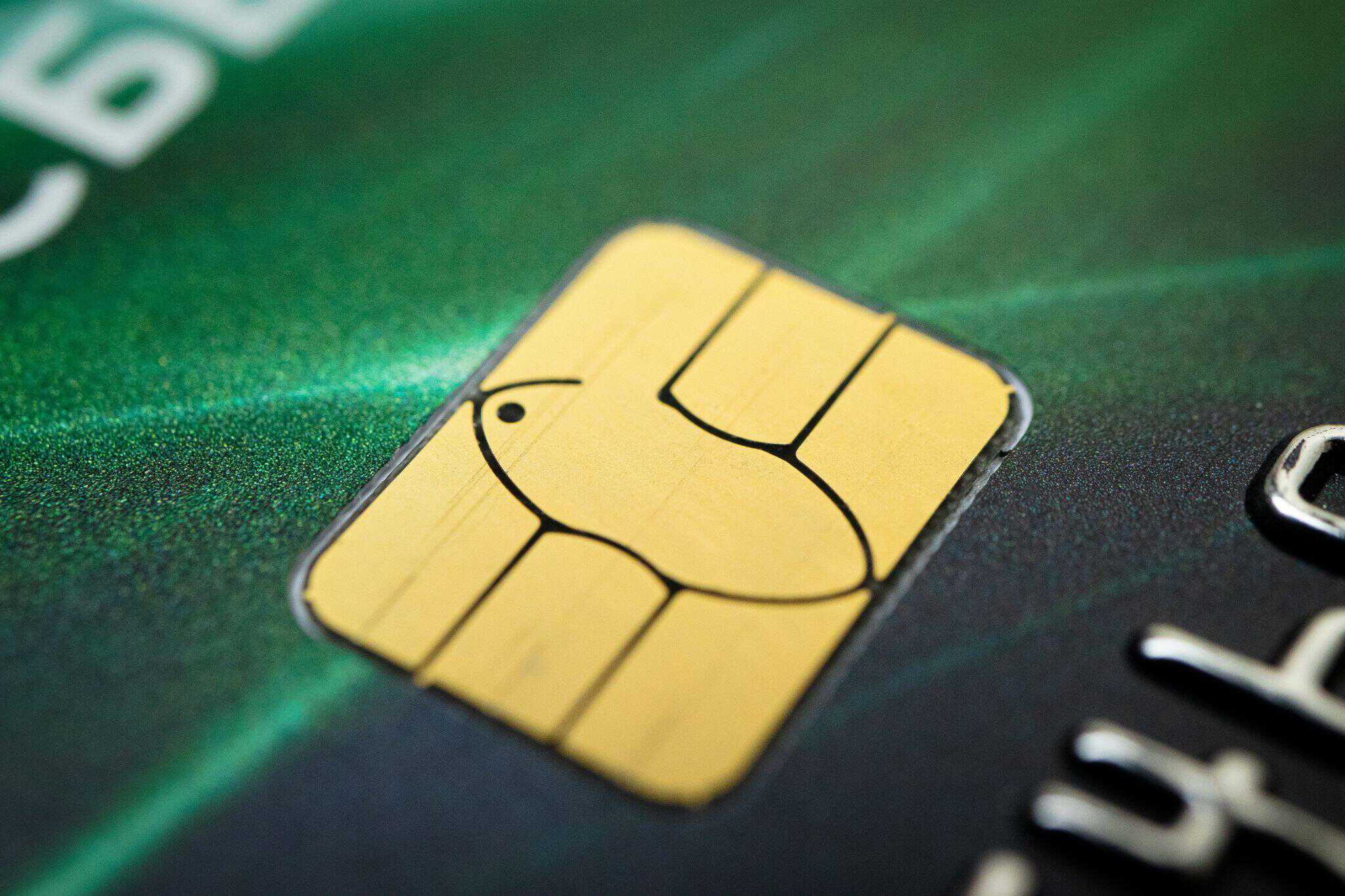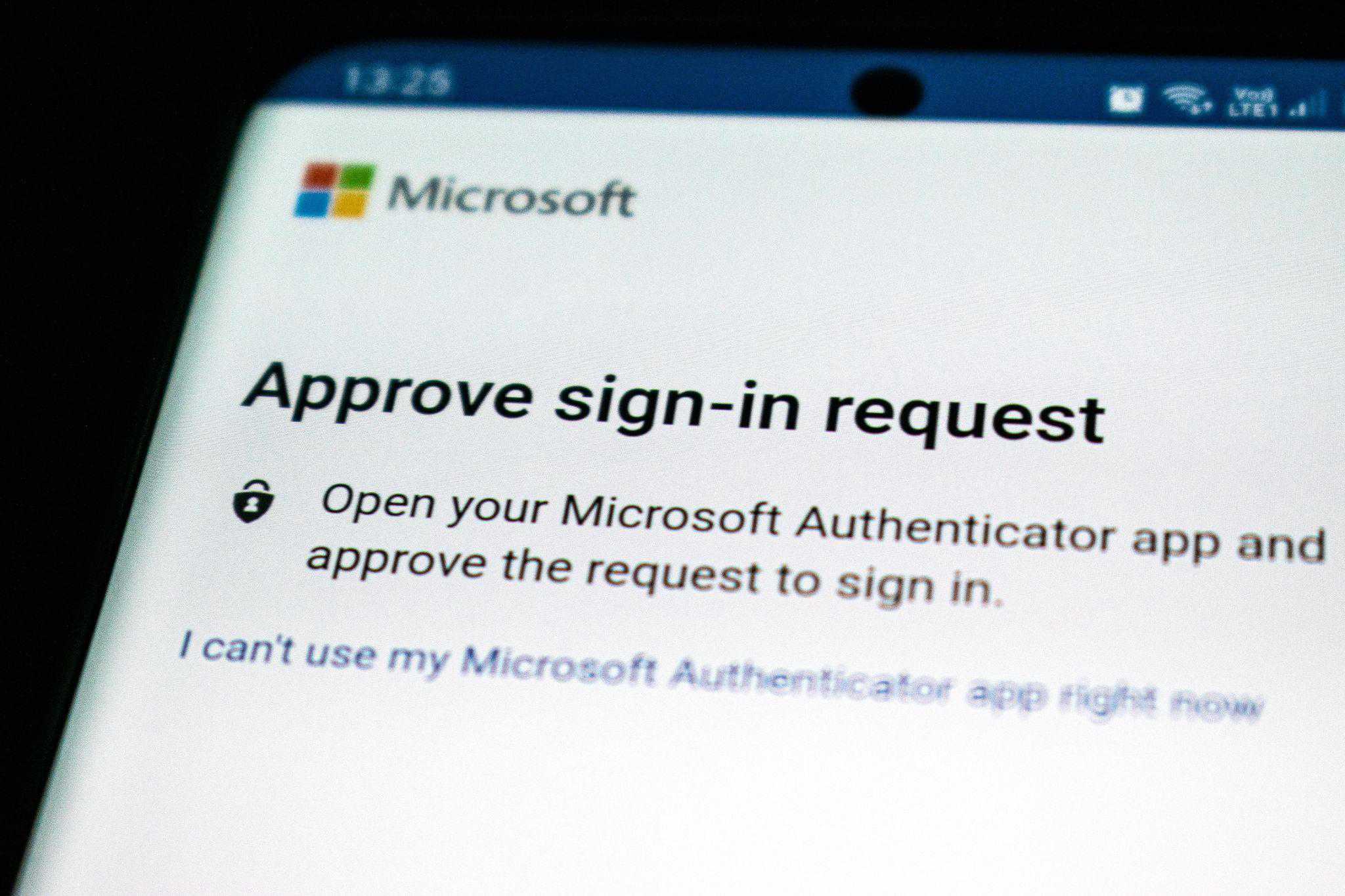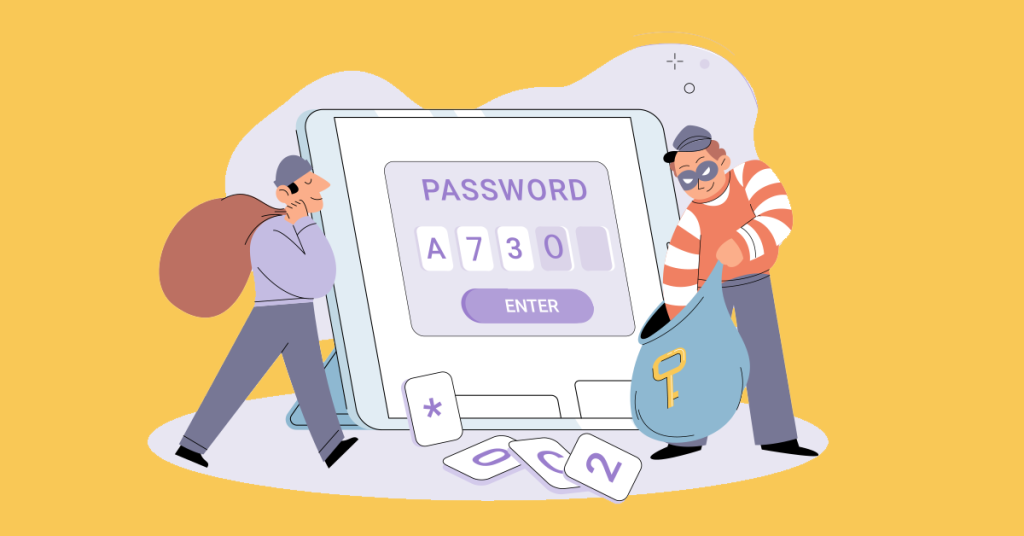Numerous organizations, companies, universities, hospitals, multinationals – even branches of government or departments – have experienced breaches in data security. Any entity that collects, stores, or processes client data risks a security breach at some point, making data protection a top priority.

Photo by AbsolutVision on Unsplash
Why Data Privacy Is So Important
Data privacy is not only about protecting the confidentiality of customer information, but also about building and maintaining your customers’ trust, and complying with data privacy laws; when data security is breached, it can have devastating consequences for both companies or organizations and their clientele.
A data breach can do considerable financial damage to companies and organizations. IBM indicates that breaches in 2022 cost an average of $4.35 million, and that’s just the average. Costs can add up quickly when considering malware ransom demands, forensic investigations, fines, lawsuits, and breach remediation. Further damage and costs can also result from brand damage, the public and customer perception of the brand, and an eventual influence on stock prices.
Customers may lose faith in the brand and with a downturn in sales, the company may find it difficult to honor contractual obligations; this will, in turn, inevitably affect profits and business relations negatively.
Data Privacy Regulation Compliance
As data breaches have increased, numerous governments globally have passed data privacy legislation to protect citizens. Legislation will generally regulate the collection of data, the method of data collection and processing, as well as data storage and data elimination. Data protection legislation is passed to protect consumers and their private data in the event of a data security breach. This legislation often encompasses regulations on data collection, processing methods, storage practices, and data disposal. Automation and DevOps can improve database security and compliance, aligning with the objectives of these regulatory measures to protect consumer privacy in the face of potential security breaches. Salesforce DevOps solutions play a crucial role in streamlining these processes, ensuring efficiency while maintaining compliance.
The United States does not uphold any federal data privacy laws, but individual state laws and industry laws protect how companies can collect, process, and use the private data of individuals. One example is the state of California, which has enacted the ‘California Consumer Privacy Act.’ This act outlines how the personal data of California residents can be collected and affords state residents the right to request information, access data, and obtain data portability, as well as disclosure, opting out, and data deletion. Another example is the ‘Health Insurance Portability and Accounting Act’ which aims to protect health data.

Photo by Андрей Сизов on Unsplash
Meanwhile, some industries have adopted key privacy standards. For example, globally, merchants that collect credit card data must adhere to the PCI-DSS as part of their contractual obligations with credit card companies. This is a sector regulation to prevent fraudulent credit card use.
Threats to Data Security and Privacy
Privacy and data security are not the same, although inextricably linked. Data security refers to the protection of sensitive information from external threats; privacy, on the other hand, refers to the methods used when collecting, sharing, and using an individual’s sensitive data and confidential information. While they may appear to be quite separate in nature, there’s quite a bit of overlap. Principal challenges include:
Insider Threats
These are a menace to the privacy of sensitive data. They may come from bad actors within a company or organization whereby employees or contractors have access to data. Insider threats also include improperly trained or careless insiders that share passwords or place private information in a public or shared folder, which can lead to leaks, such as the recent Slack leak.
Malware and Ransomware
These threaten both privacy and security. A company’s devices are infected with a program that encrypts data, locking out company employees; cybercriminals then demand expensive ransoms in exchange for unlocking data. Some ransomware programs can infiltrate an entire system and extrapolate enormous quantities of data.

Photo by Clint Patterson on Unsplash
Phishing Scams
These scams are generally included in emails that appear to come from legitimate sources and may contain a dangerous link or attachment that, when clicked upon, will redirect to a website that requests sensitive information. A common cause for these scams slipping through the cracks is DMARC fails, where domain authentication protocols fail to detect and block fraudulent emails. The cybercriminal then steals the data to breach the system. Once in, the hacker can spread damage throughout a network or system.
Program Vulnerabilities
If either applications or software contains vulnerabilities, this can open the door to criminals, allowing them to attack, steal, or compromise a company’s sensitive data and that of their customers. For example using unsecure QR code generators can lead users into downloading malware onto their devices, or capturing sensitive information without their knowledge. Creating QR codes from safe sources is important to ensure the integrity and security of the content, reducing the risk of exposing users to fraudulent activities, protecting their privacy, and maintaining their trust in the QR code ecosystem.
Data Protection and Privacy Tips for Brands
There are a variety of practices that companies or organizations can implement to protect their customer’s sensitive data from hackers and cybercriminals.
1. Establish a Transparent Privacy and Data Usage Policy
Be transparent about your brand’s data collection. Define your data usage privacy and publish it for all concerned; your communication should indicate how data is used and who can access collected data.
How data is accessed should be specified, as well as how it cannot be utilized. Brands also need to provide a privacy policy for the customers on their websites. The brand’s privacy policy must articulate how the company collects and stores data, together with how it is used. Brands should provide information about how they protect and secure data, such as implementing secure file transfer protocols like an FTPS software to safeguard sensitive information. If you need to create your policy, check out this privacy policy template, it will be very helpful! Whenever you upgrade your data security or make changes, make it a point to inform your clients.
2. Create a Data Protection and Cybersecurity Infrastructure
Cybersecurity cannot be underestimated if a brand wishes to protect sensitive information. Important elements should include:
- Advanced firewall protection
- Anti-adware software
- Anti-spyware software
- Antivirus software
- Anti-malware software
- Insider threat management solution
- Vulnerabilities scanner
- Blockers of pop-ups
- MFA
- Password manager for teams
- Endpoint detection with response instruments (EDR)
- Continuous threat exposure management
- RTK Network
- Virtual Private Network (VPN)
Commercial security systems and their associated budgets should include expenses for these security tools to prevent data breaches and upgrade protection; the cost will be minimal when compared to how much a data breach could set a company back.
3. Know Your Data
Knowing what data you collect as a company or organization and how and where it is stored is essential to protecting it. You need to be fully informed as to the data type, how sensitive it is, where you are storing it, who is using it, and for what purpose. If the data is being shared, you also need to know this and manage it accordingly. Businesses and entities should conduct regular data audits to identify data collection.
Data should then be separated into specific groups according to the sensitivity of the information involved and how often it needs to be accessed. Make it a priority to prepare a data inventory, so that sensitive data is easier to identify and protect, and proper regulatory compliance is maintained.
Consider these classifications:
- Confidential sensitive data includes personal data and records, financial information, and protected health data
- Restricted Information such as intellectual property, passwords, or acquisition or merger plans and consultations with third party valuation firms
- Internal company data, which might be comprised of budgets, marketing and social media statistics, work schedules, plans, processes, and strategies
- Public information will usually include directory listings, mission statements, and press releases
4. Collect Only Data That Is Essential
Damage fallout from a data breach can be limited if the data you are collecting is only essential personal information necessary for your business dealings, customer retention, and improving the customer experience. When you audit your software and data, assess how necessary the information is that you are collecting; if it’s not, then do not collect it. By collecting less data, you reduce the risks of losing sensitive data should a breach take place.

Photo by Markus Spiske on Unsplash
5. Encrypt All Sensitive Information
When sensitive information is stored poorly and unencrypted, it is an open invitation for cybercriminals to act. All private sensitive data needs to be encrypted during storage and transit.
Encryption can also be used when sending data in emails and when keeping data in files on servers or in systems. Backups kept on external hard drives are crucial and need to be in a safe or secure location. Should your brand be attacked by malware, you will still be able to access your data thanks to an external backup solution, and you won’t experience downtime or have to pay a ransom to recover it. To further strengthen your security posture, implement attack surface management strategies to identify and mitigate potential vulnerabilities across your entire digital ecosystem.
6. Use Phishing Protection
By incorporating email spam filters in your brand system, you can reduce the threat of phishing scams. It’s important to update devices with the best phishing software, anti-malware and antivirus programs with automatic updates so that threats are mitigated, and optimal data protection is constant. Train employees to signal email scams that arrive.
Phishing attacks are also very common on social media, using fake coupons masquerading as well-known and respected brand name offerings. Brands need to prevent employees from furnishing banking details, passwords, or any sensitive data on brand accounts. Additionally, brand monitoring on social media will keep you in the loop and prevent nefarious characters from gaining too much information from you.
7. Maintain Brand Software Updates
When software programs or devices have vulnerabilities, there is an increased risk of hacking. Vulnerabilities are the most common way for bad actors and hackers to damage brands and compromise or steal customer data. Most software providers will issue patches when security vulnerabilities are discovered to ensure sensitive data is protected.
8. Train Your Employees
Often, cybersecurity weaknesses are due to human errors or sloppiness, and brands should create best practices and educate all employees on cybersecurity to minimize these pitfalls.
Training must include preventing social engineering fraud and how to recognize phishing attacks. Employees should be encouraged to use strong passwords, and brands need to implement Multi-Factor Authentication (MFA) for those accessing sensitive data. It’s also essential to stay updated on the latest security tools and software, considering options like Nordpass vs 1Password to manage and secure passwords effectively. Employees should not use public Wi-Fi for work purposes in general, but especially for data access. All company associates must adhere to the brand’s privacy policy and security plan. Additionally, exploring cyber security courses online for beginners could be beneficial in providing foundational knowledge and skills to employees.
9. Use Multi-Factor Authentication for Sensitive Data Access
MFA adds an extra layer of protection for data and account accesses, as it will ask for at least a second identification element which is not a password.

Photo by Ed Hardie on Unsplash
With MFA, even if a password is lost, stolen, or shared, it will not be enough to access sensitive information; a hacker must also have a second authorization element to access data. As this may be a biometric factor, like facial recognition, a fingerprint or sms/call on a mobile device, it is very difficult to steal or to hack into, making MFA a very effective tool. By using magic links, we eliminate the risk of password reuse or theft. In addition, the temporary nature of magic links also acts as a security advantage, as each link expires after use or after a set period, whichever happens first. This prevents attackers from using them for malicious purposes.
10. Limit Sensitive Data Access
The fewer employees that have access, the fewer risks and threats to sensitive data. Limiting data access to only those that need to use it for their job will reduce the possibility of compromising sensitive information. Organizations can further enhance their security strategy by exploring comprehensive privileged access management solutions. Employees should only be able to access the data or edit the information that they need to have to do their job. Access permissions should be managed using access management tools and robust IGA software. In this context, implementing an electronic filing system, can further enhance data security and streamline the process of granting appropriate access to authorized personnel.
11. Give Customers the Possibility to Opt Out of Data Collection
Collecting data without the consent (or even knowledge) of customers or potential clients can ruin a brand’s reputation, if discovered; it can be regarded as unethical and a violation of customer trust.
Not having the choice as to whether their data is collected opens consumers up to undesirable marketing ploys, damage, and possibly fraud. Affording clients the choice gives them agency to protect their privacy, and decide for themselves who can handle their sensitive information.
12. Be Aware of Social Media Risks
Brands that have a significant marketing presence on social media will also need to protect those marketing accounts from malware, phishing, and hacking. Hackers may try to gain access to brand social media accounts and damage a brand’s reputation; they may even attempt to install malware.
Imposters can create accounts that appear to belong to your brand, so social network verification should be a priority. These imposter accounts will target employees, potential employees, and even customers.
Another significant risk for social media accounts is connected third-party apps, with vulnerabilities that place the security of brands and customers in peril. Employees should also be discouraged from participating in social media quizzes that gather details to access passwords or function as forgotten password clues. Brands need to create privacy guidelines for any employee that uses a personal social media account during or for work and to create an approval system for social media postings.
Parting Thoughts
With such technological advancements and rapid digitalization, data breaches have increased exponentially. Hackers and cybercriminals targeting government agencies or multinational corporations are not only more common, but they have become quite commonplace; these attacks often hundreds, if not hundreds of thousands, of people.
Still, brands do have some control over their data collection and protection. By implementing these best practices, companies can reduce threats and risks, while protecting their all-so-important customers.

